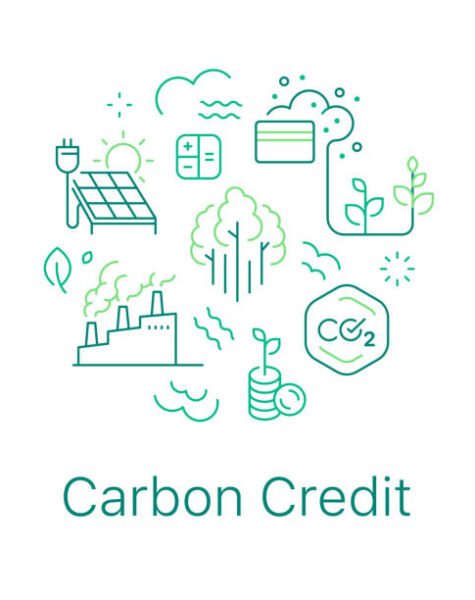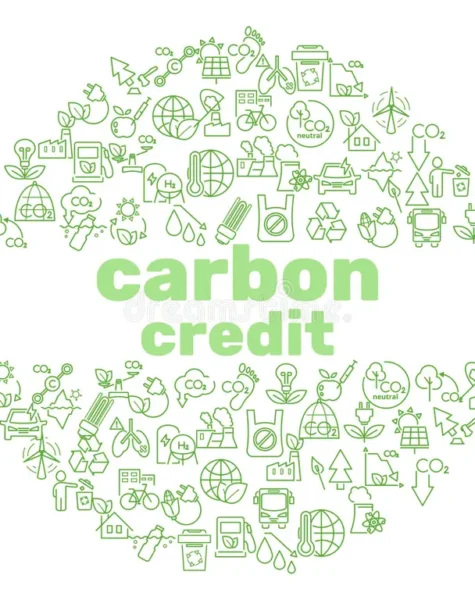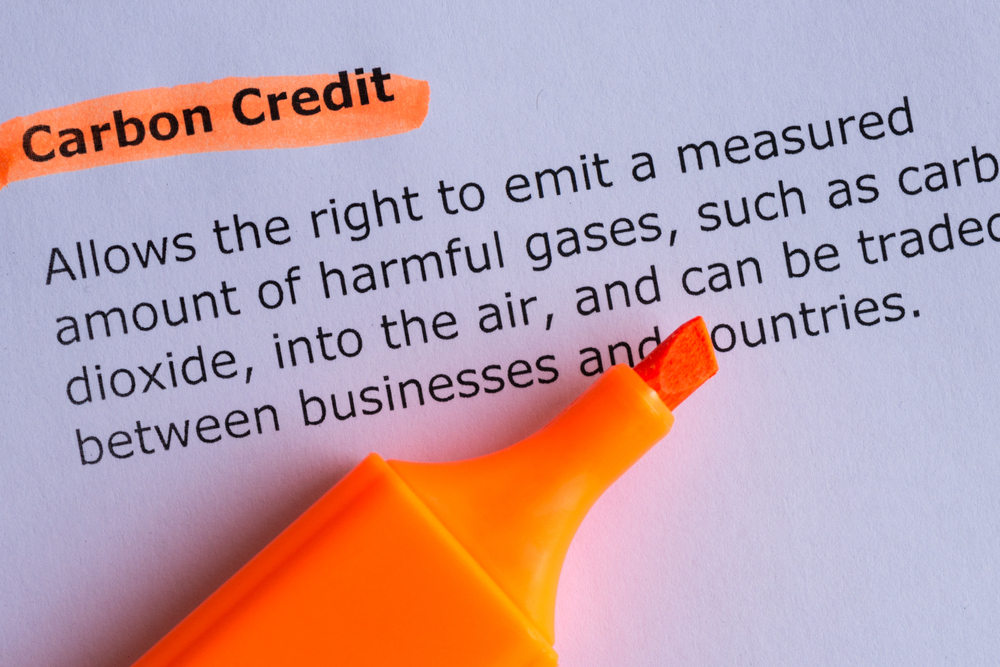Building your empire while building a sustainable future.
The carbon credit advisory space has gone through many cycles of change, from project-based GHG emission reduction to program-based initiatives driven mainly by the private sector to current national & sub-national, and sectoral efforts. We have seen all the cycles of change.
We have successfully developed carbon mitigation projects and programs under CDM, VCS, Gold Standard, Social Carbon, CCBA, WCD among others.
We help organizations secure distinct business advantage in Carbon Markets. Our aim is to support you in identifying opportunities, simplifying complexities and deriving benefits from global carbon markets. We have in-depth expertise, comprehensive experience and an established network in these markets.


- Biofuel, Biodiesel, N2O/NOx abatement projects, Landfill gas projects
- Energy Efficiency, Cookstove project
- Includes renewable/non-renewable sources like Solar, Wind, Hydro
- Fuel Switch Projects, (e.g. FO to NG), Waste Heat Recovery
- Use of EV, HFCV
- Methane capture projects, Waste to Energy
How carbon credits work
A carbon credit is a tradable instrument (typically a virtual certificate) that conveys a claim to avoided GHG emissions or to the enhanced removal of GHG from the atmosphere. Credits allow claims to be transferred from an entity that generated the avoided emissions or enhanced removals to a buyer. The buyer of a carbon credit can then “retire” it to count the avoided emissions or enhanced removals towards a climate change mitigation goal or as a contribution to global mitigation efforts.
Carbon credits are certified by either governments or independent certification bodies (aka “carbon crediting programs”). A single credit is typically denominated to represent the equivalent of one metric tonne of carbon dioxide (CO2) avoided or removed (see Box 1).
Carbon credits can be produced by a variety of activities that avoid GHG emissions or enhance carbon removals. In most cases, these activities are undertaken as discrete “projects.” A carbon crediting project, for example, may involve:
- Renewable energy development (displacing fossil-fuel emissions from conventional power plants);
- The capture and destruction of high-potency GHGs like methane (CH4), nitrous oxide (N2O), or hydrofluorocarbons (HFCs); or
- Avoided deforestation (which can both avoid the emission of the carbon stored in trees, as well as enhance carbon removals as trees grow).

What is a carbon credit?
A carbon credit represents ownership of the equivalent of one metric ton of carbon dioxide that can be traded, sold or retired. If an organization is regulated under a cap-and-trade system (e.g., the California Cap and Trade Program) it likely has an allowance of credits it can use towards its cap. If the organization produces fewer tons of carbon emissions than it is allocated, the organization can trade, sell or hold the remaining carbon credits. When a credit is sold, the buyer is purchasing the seller’s allowance of emissions. A credit becomes tradeable because of a very real reduction in emissions, but the reduction is from an activity you might not be aware of such as flying less or turning equipment off at night.
Quality and Reliability
At GSES, our foremost focus is on delivering quality and reliability. Every project we undertake is made possible through the invaluable support of our clients, making them all supplementary endeavors. We guarantee that each project adheres to rigorous standards such as the Verified Carbon Standard, the GSES Community and Biodiversity Standard, or the Gold Standard, ensuring the utmost integrity and environmental impact.
Contact
- Block 23 B, Sector B, Sanwer Road, Industrial Area, Indore, M.P - 452010 (India)
-
+91 9098212176
+91 8827512675 - info@mediumpurple-ant-258386.hostingersite.com

